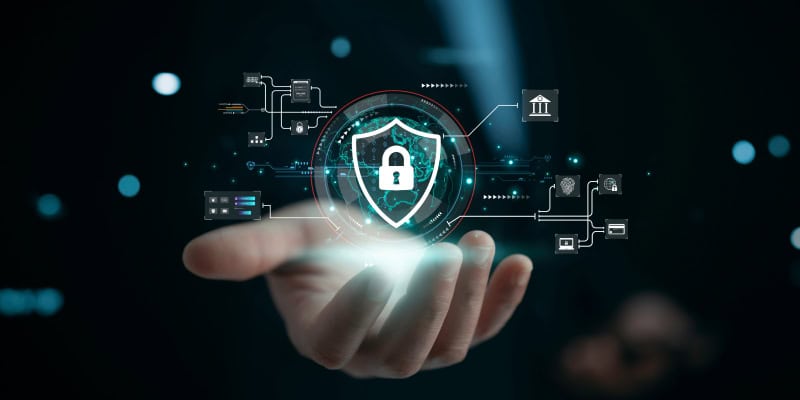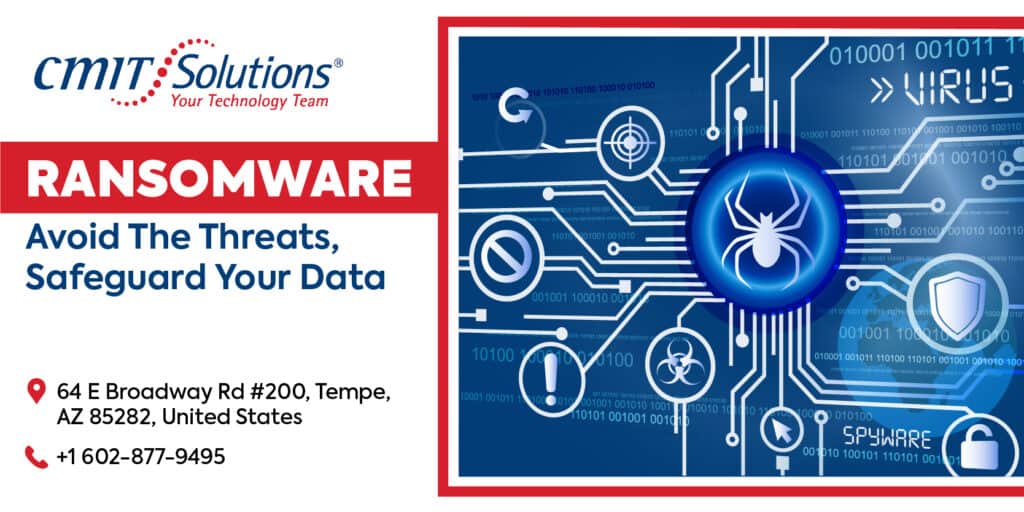The need for cybersecurity awareness is becoming more critical. Cyber threats are growing alarmingly, making it crucial to know the risks. Modern organizations increasingly rely on cybersecurity services to build robust defense strategies, yet employees remain pivotal in protecting themselves and their companies against digital threats. Understanding best cybersecurity practices is a top priority for everyone in the organization, regardless of rank. This article explores why cybersecurity awareness is essential and how to stay safe. A well-planned cybersecurity awareness training program strengthens an organization against cyber dangers.
Why is Cybersecurity Awareness Important
As businesses’ reliance on technology grows, so does the threat. Understanding why cybersecurity awareness is important has become crucial for modern businesses.
The expanding threat landscape is a significant concern for companies of all sizes. The COVID-19 pandemic boosted cyber criminality, with a 600% increase in cyberattacks reported during this time. Verizon’s 2024 Data Breach Investigations Report shows a worrying pattern: More than 68% of breaches involve the human element, including social engineering attacks, errors, and misuse of stolen credentials. This data emphasizes the vital role of cybersecurity awareness in risk management. Cybersecurity issues raise significant cost implications, including financial losses, legal penalties, remediation expenses, and potential damage to a company’s reputation and trust.
Educating employees on risks, online safety, and best practices helps businesses minimize their vulnerability. Fostering cybersecurity awareness by partnering with IT consulting companies will protect digital assets and ensure business continuity amid growing cyber threats.
Understanding the Threat Landscape
Last year saw 30,458 security incidents, and 10,626 confirmed breaches, affecting victims across 94 countries. Organizations face various cyber threats that can be categorized as follows:
- Phishing and social engineering threats
- Ransomware and malware threats
Staying informed and prepared about these threats enables organizations to respond effectively and protect against the impact of cyberattacks. This is why cybersecurity awareness is important—it allows a proactive and informed approach that ensures a secure digital future.
Phishing & Social Engineering Threats
Phishing and social engineering attacks exploit human psychology and vulnerabilities to gain access to personal or sensitive information. These attacks often involve impersonating trusted entities and creating a sense of urgency to trick victims. For example, an email might request urgent account detail verification to avoid closure, leading to data breaches.
Recognizing phishing signs like requesting sensitive information, suspicious email addresses, or using substandard language can help prevent these attacks. Social engineering attacks often use phone calls, texts, or social media to build trust and extract crucial information. Attackers may use personal information found online to make their attempts believable.
To defend against these attacks, employees should be alert about unexpected communications, verify the authenticity of requests through independent channels, and report suspicious activities to IT security teams. Regular training and awareness programs equip employees with the knowledge and skills to recognize and respond to these attacks, strengthening the organization’s security.
Ransomware & Malware Threats
Ransomware and malware threats pose significant risks to businesses. Ransomware encrypts files on the victim’s system, demanding a ransom for the decryption key, while malware includes various harmful software forms designed to disrupt or damage systems.
A ransomware attack can paralyze an entire organization, leading to substantial financial losses and operational downtime. Mitigating the risks requires a comprehensive cybersecurity strategy that includes updating software to patch vulnerabilities, updating email and browser security, and educating employees on the dangers. Strong passwords and Multi-Factor Authentication
(MFA) further reduces the risks to the organization’s digital assets. Early detection and adequate security measures can prevent attacks before they cause harm.
Also Read: 8 Ways to Tell Your Business Needs Better Cybersecurity Managed Services
Essential Security Practices
Email & Browser Security
Cybersecurity awareness training emphasizes email and browser security and the need to detect phishing attempts and maintain updated software. Effectively managing passwords and implementing MFA are crucial elements of digital security.
Key security measures include:
- Use a difficult-to-guess, strong password that combines upper and lower case letters, numbers, and special characters.
- Never use common passwords for different accounts.
- Regularly update your passwords.
- Leverage password managers.
- Enable MFA for all accounts.
- Train employees to address security protocols for working outside the office, such as secure connections and home network security guidelines.
- Educate yourself and your colleagues to be on guard.
Taking proactive steps to secure your digital identity contributes to a more resilient and secure environment.
Remote Work Security
Remote work presents unique cybersecurity challenges, necessitating specific protocols, understanding, and practices.
Key security measures include:
- Avoid public Wi-Fi networks—they lack security, posing data transmission risks.
- Use Virtual Private Networks (VPNs) to encrypt data in transit, reducing interception risks.
- Secure home networks and devices by:
- Changing default router passwords.
- Enabling WPA3 encryption.
Prioritizing secure connections, educating employees on home network security, and utilizing remote work-tailored cloud solutions help businesses safeguard operations against evolving cybersecurity threats.
Building Effective Security Training Programs
The importance of cybersecurity awareness continues to grow as threats become increasingly sophisticated, making ongoing employee engagement and training essential.
Cybercriminals continually find innovative ways to breach defenses, challenging cybersecurity awareness programs and their relevance. Threat mitigation and training must be as rapid and dynamic as the threats they combat. While these efforts can be resource-intensive, organizations can strengthen their programs through:
- Incorporating real-time updates.
- Leveraging threat intelligence.
- Outsourcing “Managed cybersecurity awareness programs”—these programs provide comprehensive tools and resources, including up-to-date training materials, phishing simulation tools, and reporting capabilities.
Traditional training methods often lead to disengagement and a lack of awareness. Interactive and engaging training, like gamification, simulations, and real-life case studies, makes learning engaging. A well-informed employee remains the first line of defense in the battle against cyber threats.
Empower Your Business With Cybersecurity Awareness
A cybersecurity-conscious culture is crucial for defending against digital threats. Empowering employees with the knowledge and tools to recognize risks strengthens the organization’s overall security posture. Through continuous learning and enhanced security practices, businesses can build a resilient defense against evolving cyber threats.
As your trusted IT Services partner in Tempe & Chandler, CMIT Solutions is committed to helping businesses build and maintain a strong cybersecurity foundation. Contact us today to secure your business against the growing threat landscape.
Our IT Services
| Managed IT Services | Cybersecurity | Productivity Applications |
| IT Support | Cloud Services | Network Management |
| Compliance | Data Backup | Unified Communications |
| IT Guidance | IT Procurement |




